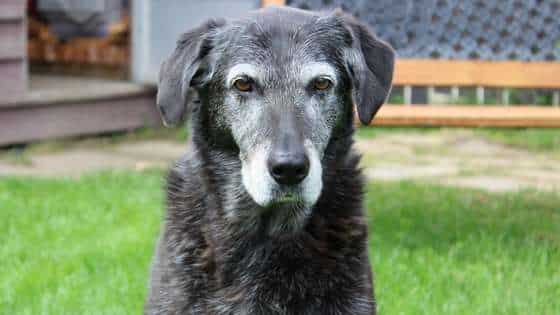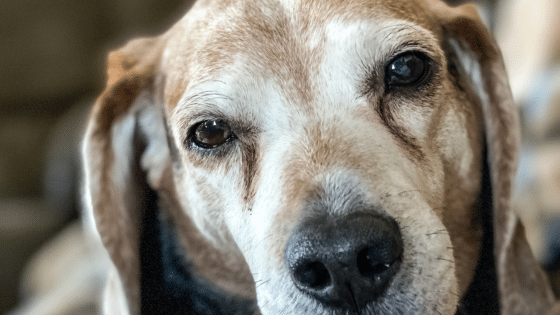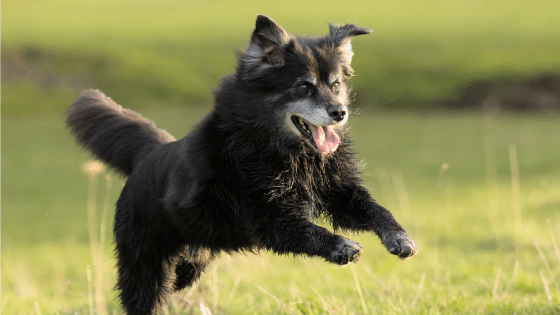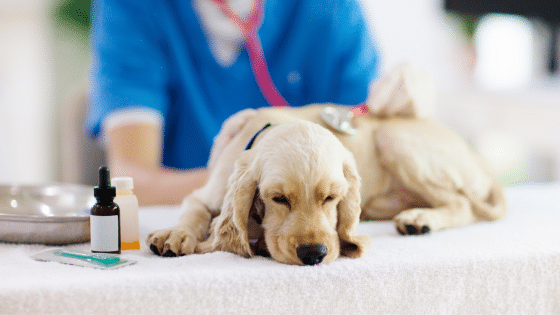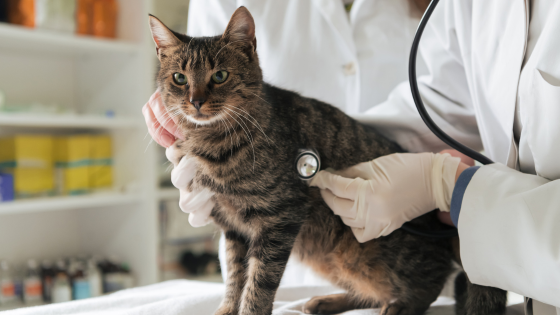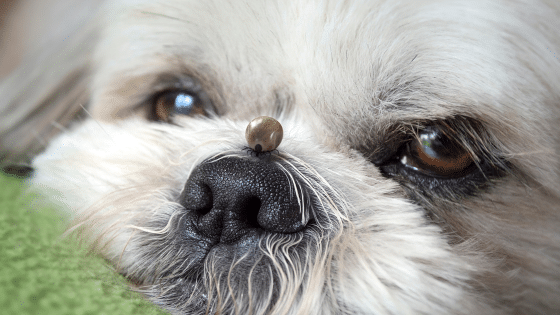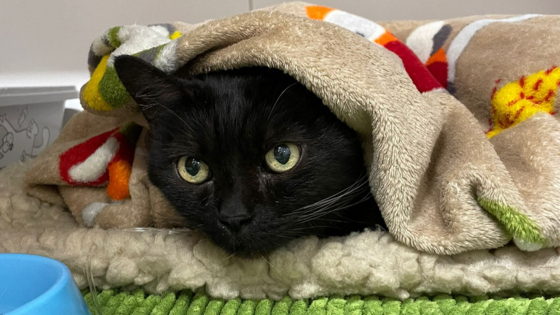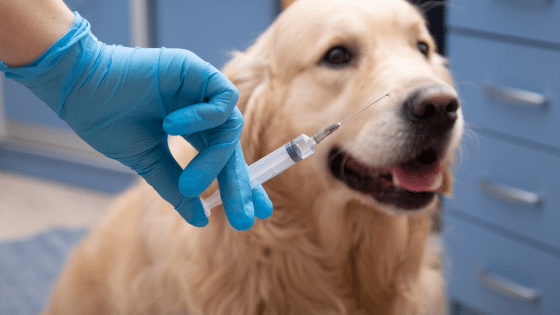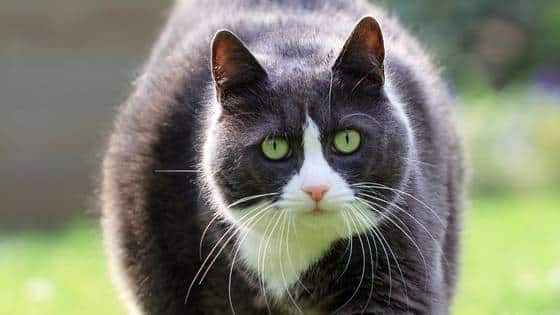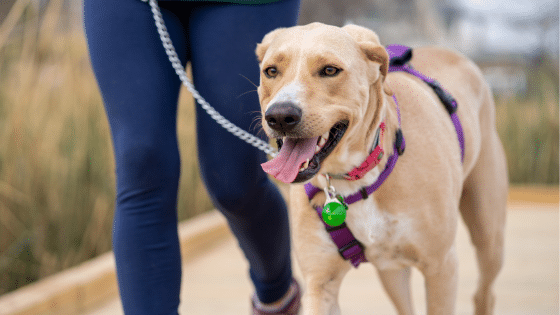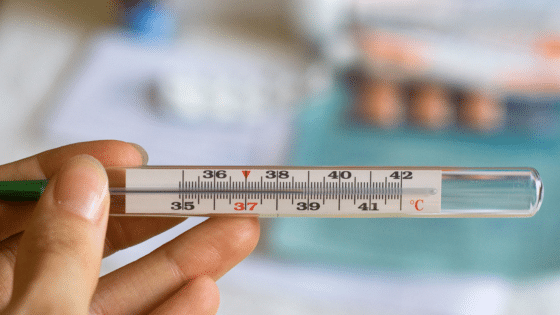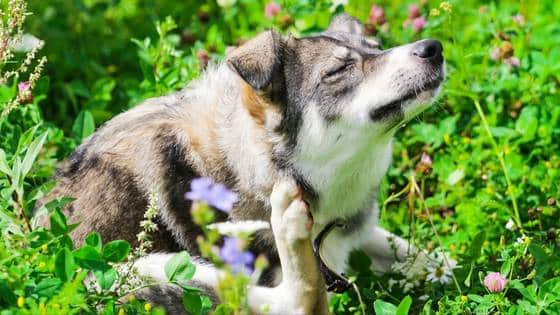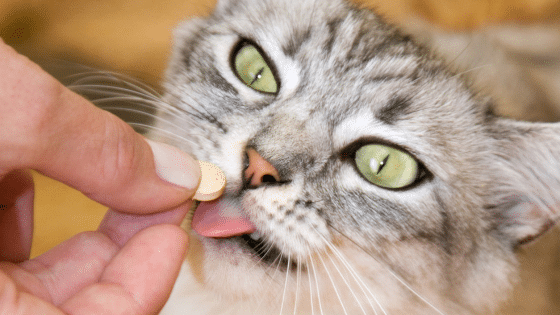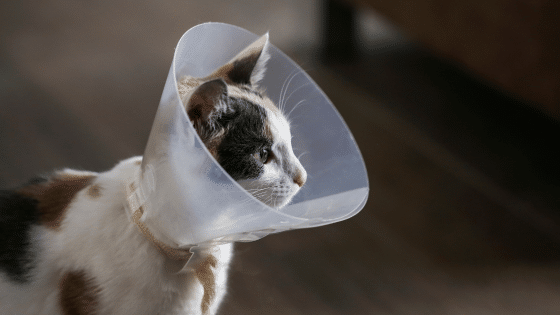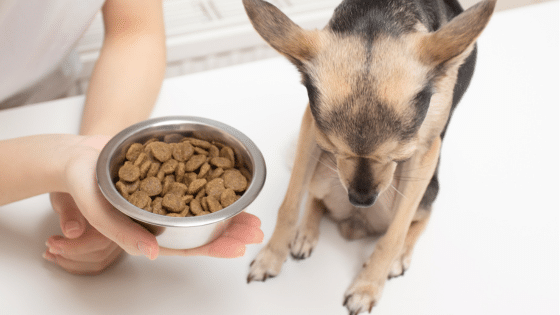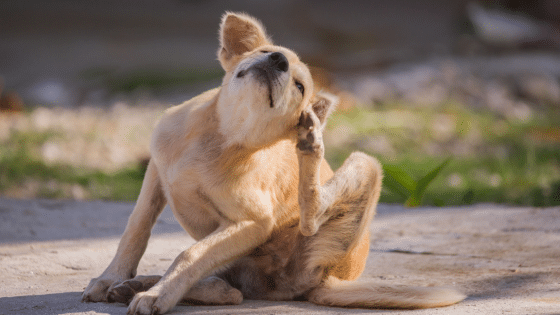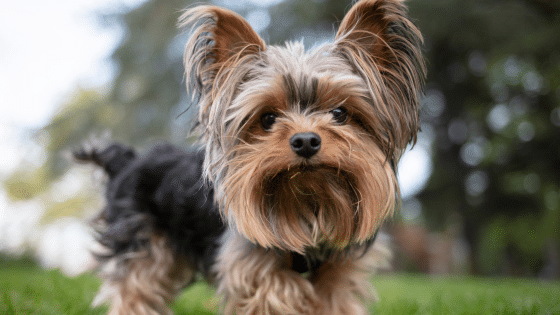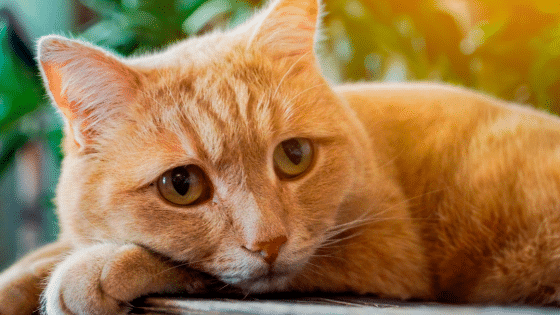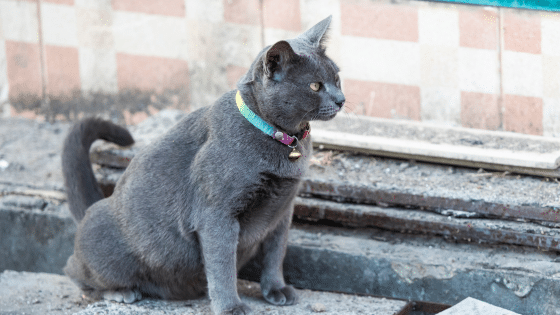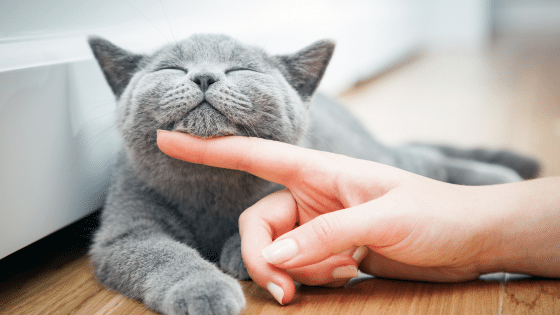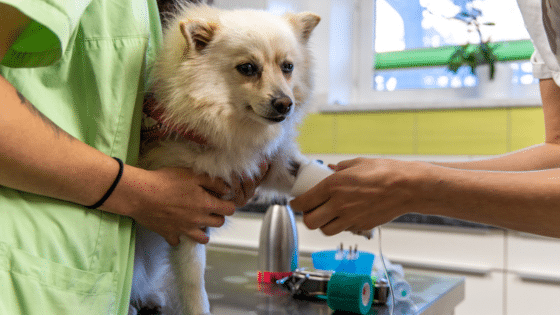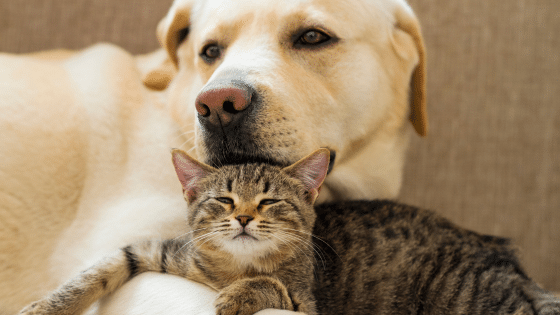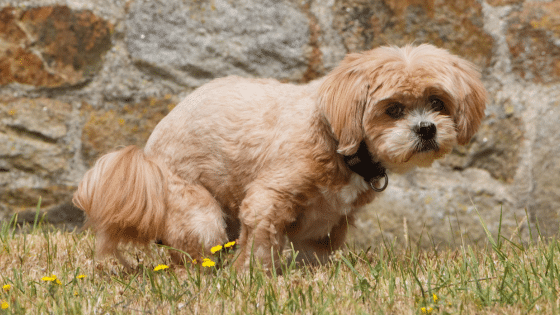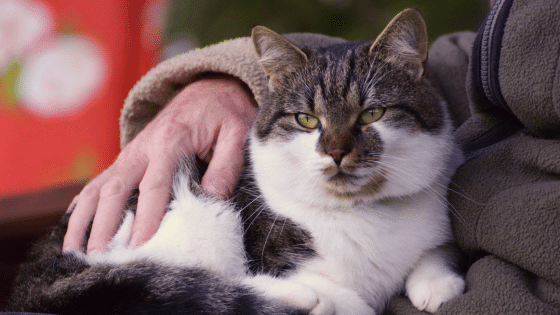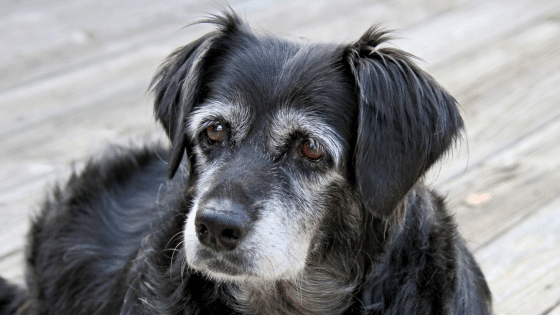Osteoarthritis of the dog - How can I help my pet?
Treatment and therapy of osteoarthritis
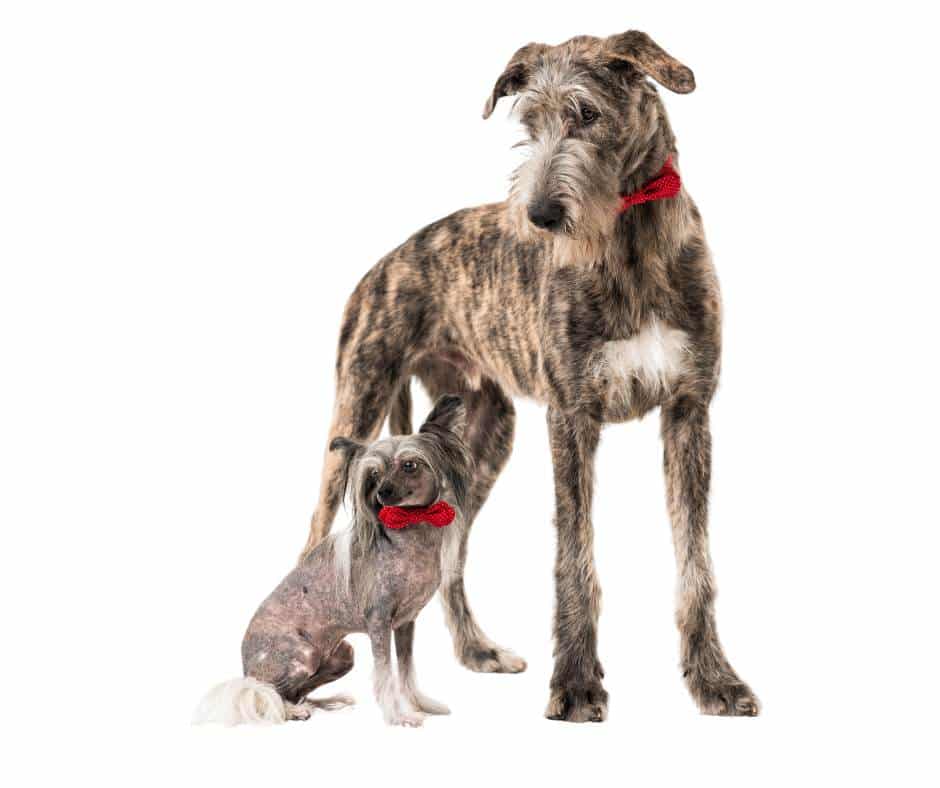
In old age, about 20% of our dogs suffer from joint problems, first and foremost osteoarthritis. This disease leads to pain and restrictions in mobility.
Although osteoarthritis cannot be cured, the dog's quality of life can be significantly improved by optimizing living conditions, using proper pain management, and incorporating alternative methods.
What is osteoarthritis?
Osteoarthritis is a degenerative, non-inflammatory chronic disease of the joints. It usually results from incorrect or excessive stress and, over time, pathological changes occur in the joint cartilage and bone. In short, the joint is "worn out" . Bone deformations and changes of the whole joint and surrounding tissue occur. The result is chronic pain.
What are the triggers of osteoarthritis?
Overweight, lack of exercise and an unbalanced or incorrect diet can promote the development of osteoarthritis. Joints with malpositions, which are mostly genetic, or joints that have suffered trauma are at risk of developing osteoarthritis in old age.
Some breeds, such as the Golden Retriever, Labrador Retriever, German Shepherd, Bernese Mountain Dog and Great Dane have a genetic predisposition, i.e. an increased susceptibility to developing osteoarthritis.

The most common causes of osteoarthritis
- OverweightThe joints of overweight animals are significantly more stressed.
- Lack of movementLack of movement leads to a reduction of the musculature and thus in turn to greater stress on the joints.
- NutritionAn unbalanced diet can promote changes in the joints even in puppyhood.
- MisalignmentsJoints with misalignments (such as knock-knees or joints with a very high step-through) promote arthrosis due to constant incorrect loading.
- Joint traumaJoints that have been injured in an accident or other trauma tend to undergo arthritic changes with age.
- Race predispositionA genetic predisposition to osteoarthritis has been demonstrated in some breeds.
How do I recognize osteoarthritis in my dog?
The development of osteoarthritis is a chronic process, which means that the changes usually develop slowly over months to years. Initially, pet owners observe that the dog has difficulty standing up and appears stiff. With exercise, the symptoms usually improve - the dog "runs in". In some cases, the dogs also show lameness or a relieving posture of the affected joints. As a result of this posture, tension and pain of the entire musculoskeletal system can occur.
How is osteoarthritis diagnosed?
During an orthopedic examination, the dog's gait is assessed first, followed by an evaluation of the mobility or painfulness of each joint. If there is any suspicion, x-rays of the affected joints are taken. The most commonly affected joints are the hip, elbow and knee joints. This examination can usually be performed without sedation/anesthesia and provides us with a good overview of the diseased joint within a few minutes.
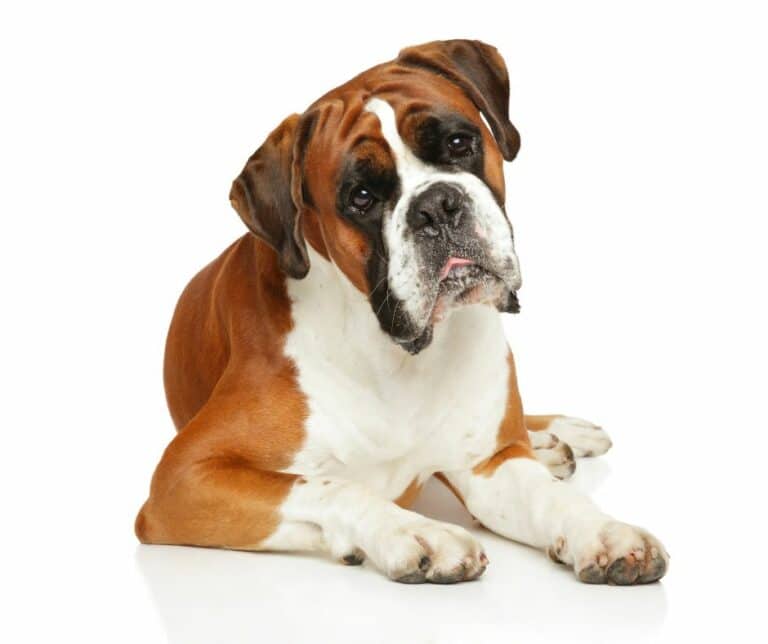
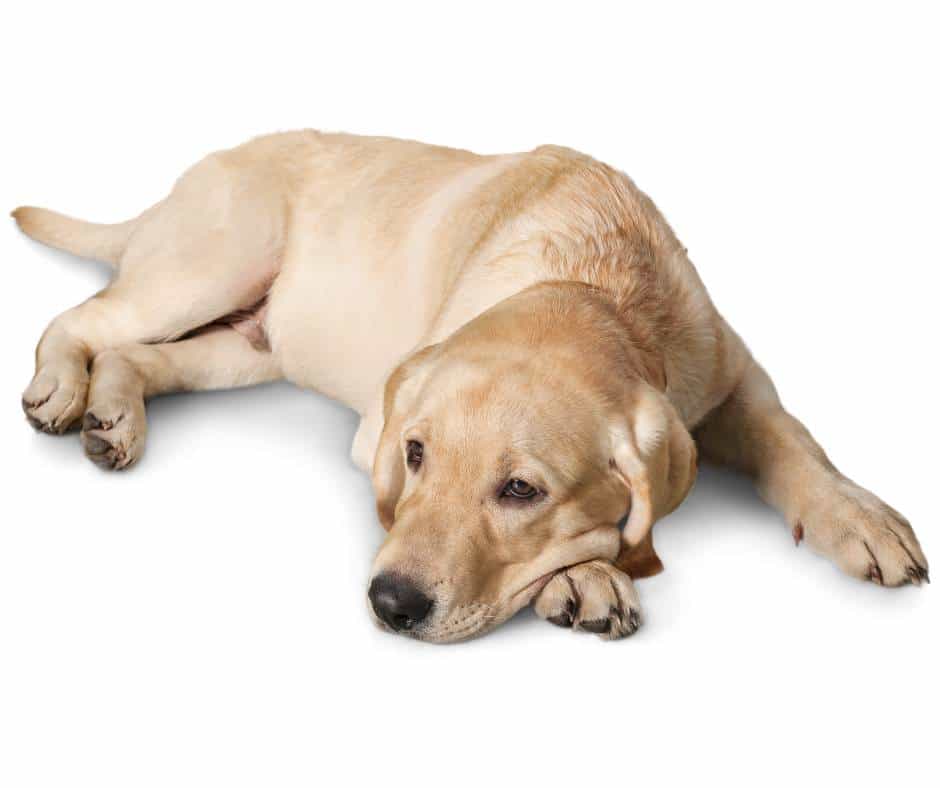
How is osteoarthritis treated?
The therapy of osteoarthritis requires the commitment of the pet owner.
Since osteoarthritis cannot be cured, the therapy is a combination of targeted muscle building, exercise, weight control, nutrition and pain management. Unfortunately, there is no "one shot" that cures osteoarthritis and due to the chronic progression, dogs have periods without major problems, but also periods where they show significant pain. Therefore, a one-time therapy is not enough, it improves the symptoms temporarily and is also useful in acute phases, but in the long term, a movement and nutrition management is more purposeful.
Anti-inflammatory and analgesic medication must be individually tailored to each patient, depending on the severity of the symptoms. In our practice, a combination of herbal remedies given for the long term and painkillers for acute, painful phases has proven effective.
How can you help your dog with osteoarthritis?
Falls dein Hund an Übergewicht leidet, sollte er dringend abnehmen. Das zusätzliche Gewicht ist eine weiter Belastung für die Gelenke. Das Abnehmen sollte langsam und gezielt erfolgen, hierfür gibt es spezielle Futtermittel, die fett – und kalorienreduziert sind, aber dennoch dein Tier mit allen nötigen Vitaminen und Nährstoffen versorgen. Zusätzlich kann ein Ergänzungsfuttermittel mit Grünlippenmuschelextrakt (Glykosamin und Chondroitin) wie, das entzündungshemmend wirkt und den Knorpelaufbau fördert, angeboten werde. Wir empfehlen Caniviton Plus Maxi Chews für Hunde ab 10 kg und Caniviton Plus Mini Chews für kleine Hunde. Auch Zusatzstoffe wie Kurkumin, Polyphenolen (grüner Tee), MSM oder Teufelskralle können die Gelenksgesundheit fördern.
But diet alone is not enough. Sufficient exercise is essential for muscle building (and weight loss). Regular walks on level paths are best. Long hill walks or hours of ball games are counterproductive and overload the altered joints. Some dogs, especially the Labrador, are usually real "water rats", here swimming offers a good, joint-friendly exercise option.
Hunde die an Arthrose leiden profitieren sehr von einer Physiotherapie, wo gezielt Muskeln aufgebaut und Verspannungen gelöst werden können. Auch Schwimmtraining wird von Physiotherapeuten angeboten und kann den Muskelaufbau, ohne die Gelenke zu belasten, fördern. Unsere Empfehlung: Physiotherapie Motion4health in Stumm.

Therapy of arthrosis
- Weight control
- Chondroitin & Glycosamine
- Regular exercise
- Swimming
- Physiotherapy
- Vegetable additives
- Pain therapy
The therapy of osteoarthritis should always be adapted to the individual needs of the dog and cannot be carried out in the same way across the board for every patient.

